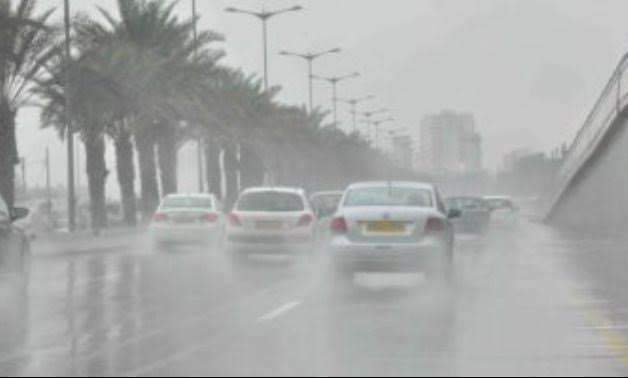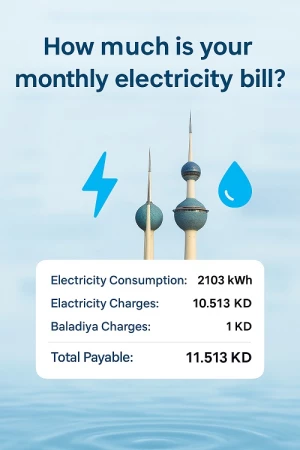Latest News
- Expats Alert: PACI Just Changed The Rules For Updating Your Addr...
- Best Pizza In Kuwait: Top Brands And What To Order
- Best Budget-Friendly Chalets & Villas In Kuwait For Weekend Geta...
- Why Electricity Bills Are Rising In Kuwait & Smart Ways Expats C...
- App Store Optimization: Why It’s Becoming A Core Part Of SEO Str...
- Best Shower Filters In Kuwait For Hair Fall And Skin Protection
- Exness Sets A New Standard Of Consistency In The Trading Industr...
- Instant Withdrawals In Trading – A Game Changer For Traders In K...
- Best Abaya Shop In Kuwait: Editorial Review Of Abay.com
- IPhone 17 In Kuwait: Prices, Colors, Specs & Where To Buy
- Best Drinking Water Filter For Home In Kuwait
- Avoid Common Qatar E-visa Application Mistakes. Learn The Top 5...
Kuwait May Enter "dangerous Zone" In Coming Years
Kuwaiti residents, whether living, working, shopping, or entertainment, prefer air-conditioned indoor places during the very hot summer. People who are forced to work in open spaces face high temperatures every year, which may reach unprecedented levels globally in the future, reports Al-Qabas daily. On July 21, 2016, a meteorological observatory in Mutribah, northwest of Kuwait, recorded the third highest temperature worldwide since 1886, and the highest ever in Asia.
Abdulaziz Al-Qarawi, the meteorological department's forecaster, warned that Kuwait will enter a "dangerous phase" by 2035, with annual average temperatures expected to rise by two degrees Celsius. Al-Qarawi explained that these rates actually increased by 1.1 degrees in the years from 2010 to 2021 compared to the previous 30 years. In the past few years, Kuwait recorded highest temperatures, including 54 degrees in the Jahra region in 2021 and 53 degrees in the Sulaibiya in 2020, both of which are populated areas. During the 1980s and 1990s, Kuwait had temperatures above 50 degrees Celsius one, two or even four days a year, but now they are recorded twenty days a year.
Air, thunder, and dust storms that hit the country have also intensified, bringing with them dust that can lead to suffocation, especially in people who have chest diseases. It also transmits harmful bacteria and increases the spread of skin diseases.
Incomparable
In November 2018, Kuwait was hit by torrential rains that were described as unprecedented, which led to the resignation of the Minister of Public Works, Hussam Al-Roumi, after extensive damage to property and disruption to traffic. According to Al-Qarawi, cyclones are becoming more violent and frequent in the south of the Arabian Peninsula, particularly in the Sultanate of Oman and Yemen.
There has been an increase in the violence of rainstorms in Kuwait with a lower rate of annual recurrence, but the amount of rain has increased. In addition, the dry season became longer, which resulted in more sandstorms last summer in May, which are usually associated with transitional periods between seasons. He explained that the impact of climate change extends to the economic and urban life in Kuwait, as development efforts as well as projects are disrupted due to the high temperatures in the summer. From June until the end of August, Kuwait prohibits workers from working in open areas during the afternoon hours from eleven in the morning until four in the afternoon.
Get The Latest and important news on our Telegram Channel click here to join





